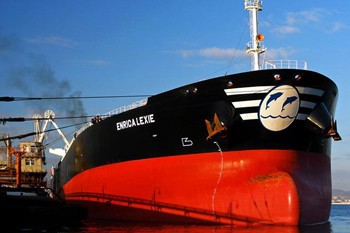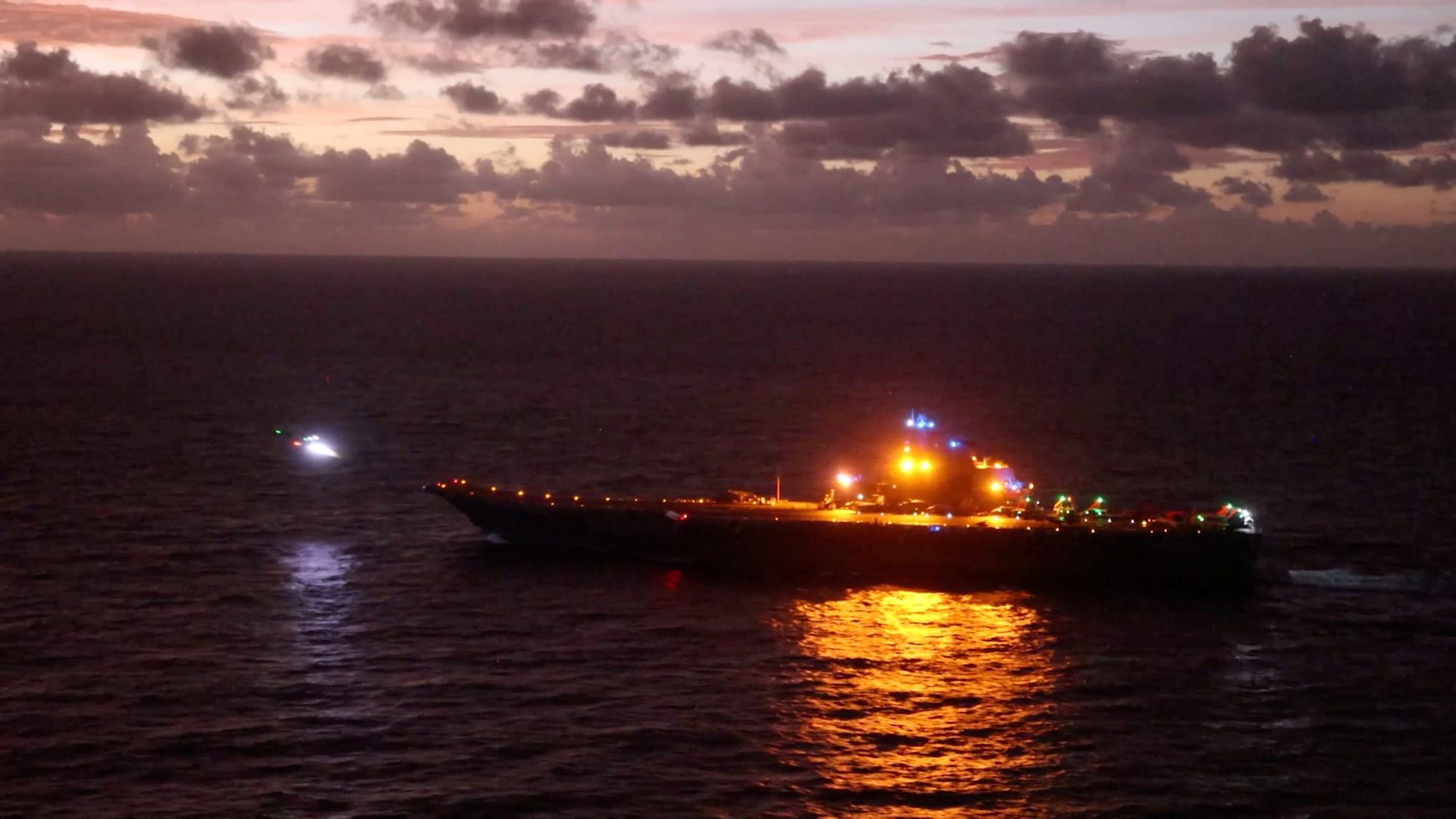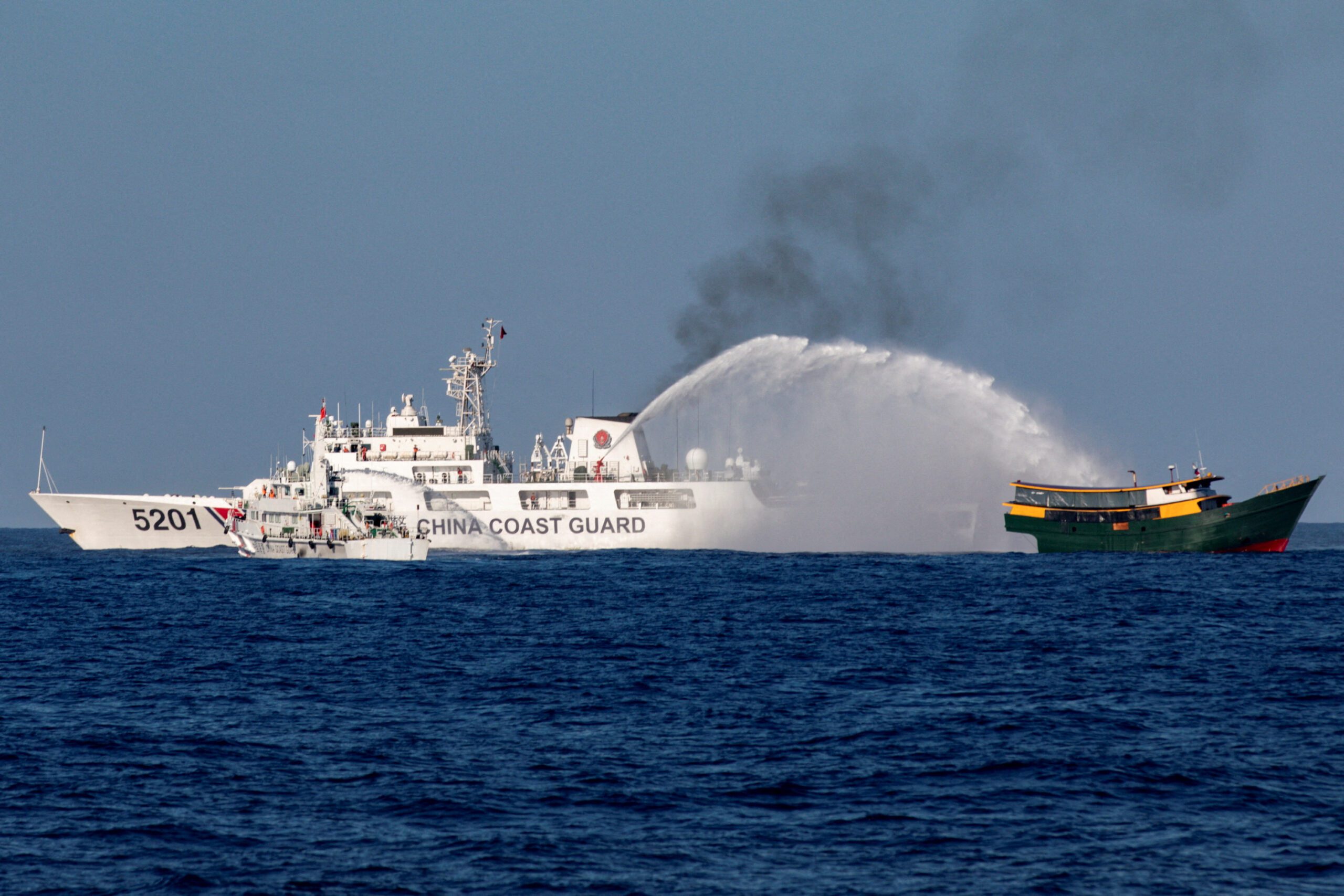 – By Captain Rich Madden
– By Captain Rich Madden
February 15, 2012 will be a date many in the maritime security industry will remember for a long time. It was the day that the first innocent deaths were laid at the feet of an armed security team in the Indian Ocean. During a routine transit 22 nautical miles off the West coast of India, the embarked security team onboard the Italian oil tanker Enrica Lexie opened fire on a fishing boat that was apparently approaching their vessel. In the aftermath, 2 unarmed Indian fishermen were killed.
Armed security teams have become more prevalent in the Indian Ocean Basin and the Gulf of Aden/Horn of Africa (GOA/HOA) region due to the explosive rise of Somali piracy since 2007. With increased piracy in the Gulf of Guinea off and in Southeast Asia, it seems you might find them onboard a vessel almost anywhere. One of the greatest concerns with putting armed security onboard a vessel is responsibility; Responsibility for weapons laws – responsibility for taking lethal action and ultimately, responsibility for deaths or injuries.
On February 15th, P&I (protection and indemnity, i.e. insurance) broker Marsh USA announced a new insurance facility to support the rapidly developing maritime security sector. Whether it was fortuitous or poor timing, it certainly shows that there is concern in boardrooms over a company’s liability with onboard security teams – particularly when they are armed.
This incident off the coast of India, tragic as it is, highlights many of the stickier subjects of maritime security. One of these is that the security team in question was Italian military, not a private contractor. When discussing the difference between embarking military personnel versus private contractors, much of the conversation must come down to the chain of command. Having military security teams onboard vessels is not new – Portuguese and French fishing vessels in the Indian Ocean have had military security onboard for years. The U.S. Military Sealift Command (MSC – not to be confused with the Mediterranean Shipping Company) has embarked U.S. Navy security personnel onboard their vessels, dependent on their area of operation. In the case of MSC vessels, the security team detachment’s chain of command did not run through the master of the vessel. Instead, it operated under its own rules of engagement (ROE), while consulting with and advising the master. In at least one instance, this culminated with the scaled escalation of force against a fishing vessel, with the deck watch officer/mate on watch or master not being consulted.
In the case of the Enrica Lexie, what was the chain of command?
After defining the chain of command, the next topics that must be covered are the ROE and steps for a scaled escalation of force. The particulars of the Enrica Lexie incident are unknown, but there will seldom be an instance where a security team jumps directly to lethal force. A scaled escalation of force always starts with the lowest level of force, with additional force added until the threat is eliminated. Eliminated has an ominous overtone, but may include a suspicious vessel turning away or otherwise proving that they are not a threat. The presence of a security team alone may be enough to dissuade robbers or pirates. If not, the next step may be to indicate you are watching them – searchlights, laser “dazzlers” or activating anti-piracy water hoses along the ship’s side may have an effect. Non-lethal measures may be tried next – there are various systems available, but the many prefer the Long Range Acoustical Device (LRAD). The LRADs effectiveness is not so much its ability as a non-lethal weapon, but in its versatility in weeding the truly committed perpetrator out from the fishing vessels and for its ability to be recorded by the vessel data recorder (VDR).
In the event your security team has to take lethal action, you will want to be able to prove to authorities and your company that a scaled escalation of force was used. A thorough investigation of the Enrica Lexie incident should include a review of the VDR data to demonstrate the actions taken.
While military security teams are an asset onboard a vessel in a high threat area, it would appear that on the Enrica Lexie, they were also a liability. Part of the difficulty with military security teams is the chain of command, but may also continue to the level of training and experience of its members. Simply put, private contractors are there to protect the company’s asset, with no other bosses or agendas with which to deal. Many companies offering vessel security services have joined organizations such as SAMI or IAMSP that provide vetting and guidance. It would be highly recommended that any company, vessel or master hiring a vessel security company do the proper research on those companies and regulations thereof.
No one wants to find out, as the pirates are coming over the rail, that the security company you hired wasn’t all it was cracked up to be.
Captain Richard Madden is a maritime consultant and SUNY Maritime graduate with over 20 years of industry experience. He holds a USCG Unlimited Master’s license and has sailed on government vessels, offshore towing vessels, tankers, container ships, coastal towing and general cargo vessels. He has extensive, first-hand, anti-piracy experience while operating in the Gulf of Aden/Horn of Africa (GOA/HOA) area.

 Join The Club
Join The Club











